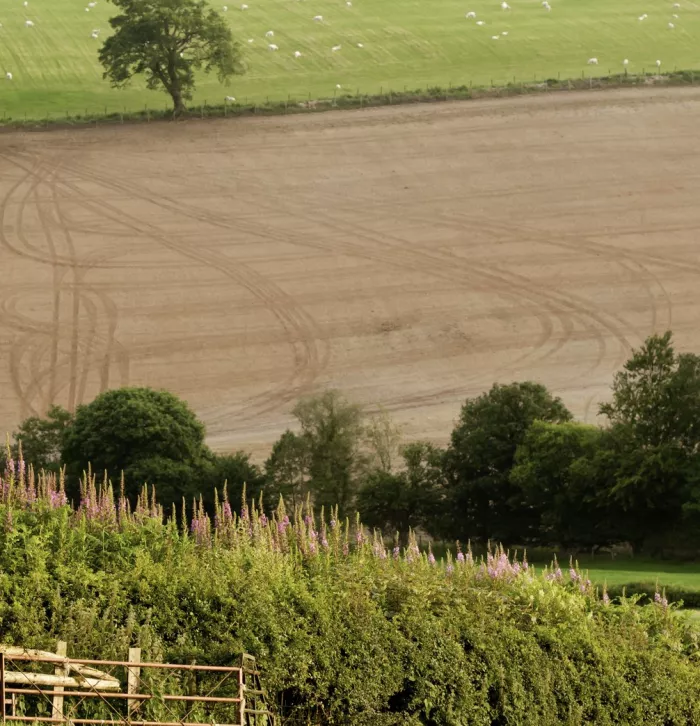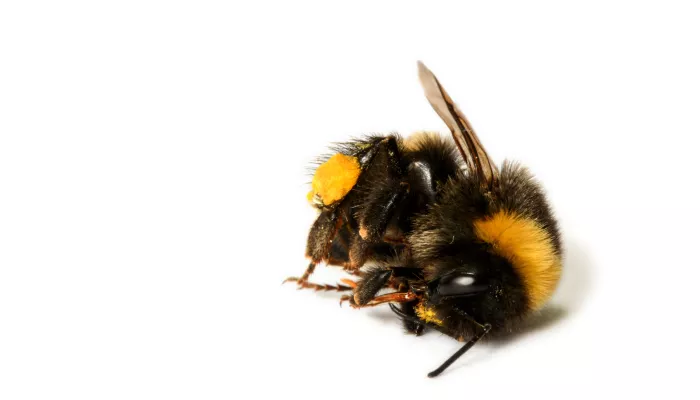Many growers are trying to farm in a way that does not harm nature or rivers – yet there is no support for these growers from the industry or Government.
Charlotte Lewis of Kent Wildlife Trust said:
“As we approach the festive season, no one wants their Christmas caked baked with bee-harming sugar and no farmer wants to grow crops using banned pesticides. British Sugar claimed they would invest in alternatives, but where are they? The Minister, Mark Spencer has the power to uphold the law banning these bee-harming pesticides and we are looking to him to do just that.
“Less than a year ago, the Government committed the UK to reducing the risk from pesticides and highly hazardous chemicals by at least half by 2030. Since then, the European Court has ruled against attempts to weaken the ban on neonics. Now we learn that the UK Expert Committee on Pesticides has once more advised against the use of these chemicals, citing unacceptable risks to bees and river health.
“A third of sugar beet farmers decided against using neonics last year, even though they were authorised for use. Many growers are trying to farm in a way that does not harm nature or rivers – yet there is no support for these growers from the industry or Government. British Sugar appears more interested in short-term profits than the long-term sustainability of the farming sector.”
Recent research found that harmful neonicotinoids have been found in more than 10% of English rivers, despite a widespread ban of these chemicals in 2018. In more than half of the rivers where neonics were detected, they were at levels which posed a significant risk to wildlife.
The Wildlife Trusts submitted a formal complaint to the Office for Environmental Protection (OEP) in June this year, raising concerns that the Minister’s decision to allow a derogation was flawed and that the emergency authorisation should never have been granted.
Professor Dave Goulson, who has written extensively on the subject, summarises the danger: “Neurotoxins persist in soils for years, and they are now known to be found in hedgerow plants, streams and ponds. One teaspoon is enough to deliver a lethal dose to 1.25 billion honeybees (it would kill half of them, and leave the others feeling very unwell). But they do not just pose a threat to bees; any insect living on farmland or in streams that flow from farmland, and any organisms that depend on insects for food (e.g. many birds and fish) are likely to be affected.”


